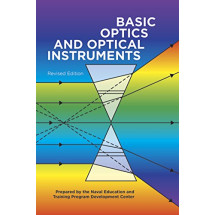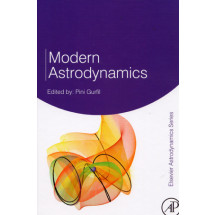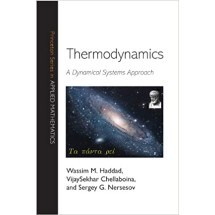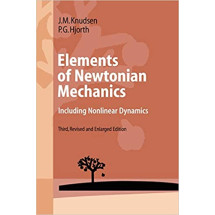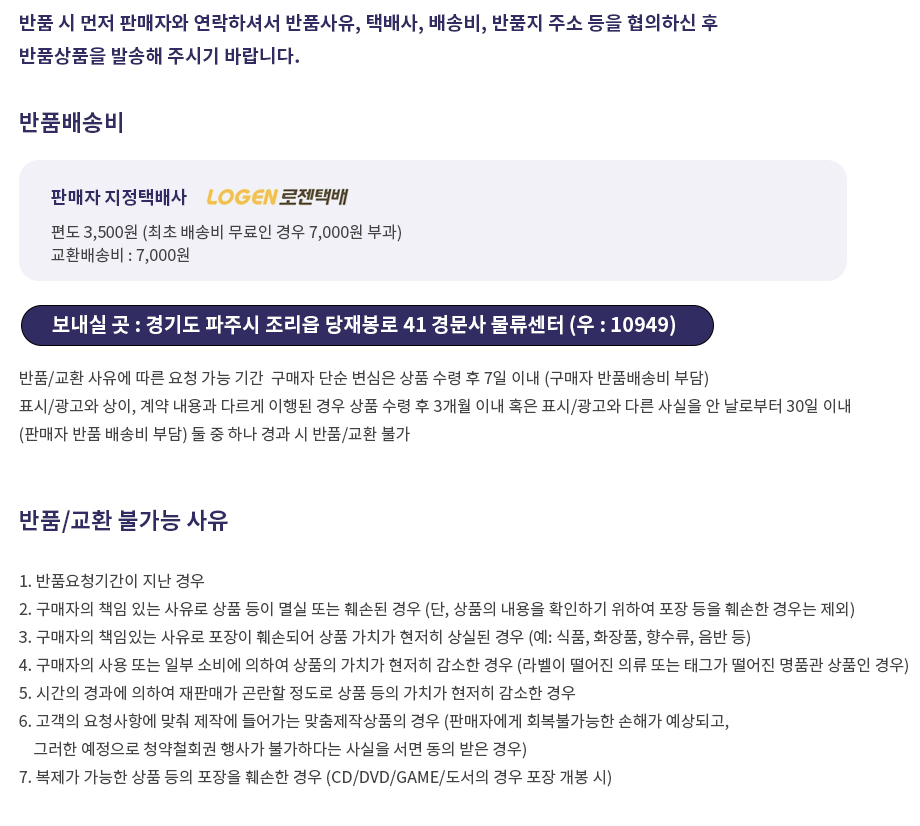CHAPTER I: GENERAL SURVEY
1:1 Historical review
1:2 Theoretical basis of diffuse reflection studies
1:2.1 General relations
1:2.2 Analytical statement
1:2.2.1 Diffraction by parallel planes
having a sinusoidal distribution of
density
1:2.2.2 Diffraction by parallel planes
having a sinusoidal distribution of
density which is perturbed by a
longitudinal wave of long wavelength
1:2.2.3 Diffraction from a lattice
perturbed by long waves
1:2.3 The reciprocal lattice
corresponding to waves travelling in a
crystal
1:2.4 Second and higher order diffuse scattering
1:3 Experimental methods
1:3.1 Photographic method
1:3.1.1 Goniometers
1:3.1.2 Measurements on the photographs
1:3.1.3 Method of taking the photographs
1:3.1.4 The geometry of diffuse X-ray reflections
1:3.1.5 Use of the XXX, XXX, K*-charts
in interpretation
1:3.1.6 Divergence corrections
1:3.2 Ionization method
1:3.2.1 Mechanical part of the
diffractometer
1:3.2.2 Electronic part of the
diffractometer
1:3.2.3 Stabilization of X-rays
1:3.2.4 i-, XXX-charts for setting
crystals
1:3.2.5 Charts for skew corrections
1:3.2.6 Divergence corrections
1:3.2.7 Absolute measurements
1:3.2.8 Monochromatization of the X-ray beam
CHAPTER II: THE DETERMINATION OF ELASTIC
CONSTANTS OF CRYSTALS BY DIFFUSE X-RAY REFLECTIONS
2:1 Introduction
2:2 Elastic waves in crystals
2:2.1 Fundamental relations
2:2.2 The Christoffel determinant
2:2.3 Relation between the polarization
vectors and the inverse matrix (A(-1))pq
2:3 Scattering of X-rays by elastic waves
2:3.1 The anisotropy of thermal diffuse scattering
2:3.2 K-surfaces
2:3.3 The absolute magnitude of thermal
diffuse scattering
2:3.4 Second and higher orders of
thermal diffuse scattering
2:4 Examples of the application of the
photographic method to the determination of
elastic constants
2:4.1 Determination of the elastic
ratios of iron pyrites, FeS(2)
2:4.2 Determination of the elastic
constants of lead
2:4.2.1 Preliminary determination of
c(44)/c(11) and c(12)/c(11)
2:4.2.2 Correction for second order scattering
2:4.2.3 Refinement of the values of
c(44)/c(11) and of c(12)/c(11)
2:4.2.4 Absolute values of the elastic
constants
2:5 Examples of the application of the
diffractometer method to the determination
of elastic constants
2:5.1 The elastic constants of lead
2:5.2 The elastic constants of diamond
2:6 The choice of diffuse reflections for
elastic constant determination
2:7 The variation with temperature of
diffuse reflection
CHAPTER III: THE SPECTRA OF ELASTIC
VIBRATIONS
3:1 General considerations concerning
elastic spectra in crystals
3:2 Experimental determination of elastic spectra
3:2.1 The evaluation of the corrections
due to second order thermal diffuse scattering
3:2.2 Correction for third order diffuse scattering
3:3 Results obtained
3:3.1 Elastic frequency spectrum of aluminium
3:3.1.1 Dispersion of the frequencies of
longitudinal and transverse waves
3:3.1.2 Calculation of the frequency spectrum
3:3.2 Elastic frequency spectrum of alpha-iron
3:3.3 Elastic frequency spectrum of beta-brass
CHAPTER IV: DIFFUSE X-RAY SCATTERING DUE TO
STRUCTURAL IMPERFECTIONS
4:1 Historical introduction
4:2 Diffuse scattering from layer structures
4:2.1 Sharp and diffuse reflections
4:2.1.1 Wollastonite
4:2.1.2 Cobalt
4:2.1.3 Stacking vectors
4:2.1.4 Diffraction effects
4:3 Diffuse scattering from diamond
crystals
4:3.1 Experimental results
4:3.2 A model of an occasionally twinned structure
4:3.3 The density of twin planes
4:4 Diffuse reflections given by AuCu(3)
4:5 Diffuse scattering from age-hardening alloys
4:5.1 Al-5 per cent. Cu
4:5.2 Al-Ag, Al-Zn alloys
4:6 Diffuse X-ray reflections given by partially ordered alloys
4:6.1 Long-range order
4:6.2 Short-range order
4:6.3 Influence of differing atomic sizes
4:6.4 Experimental measurements
CHAPTER V: DIFFUSE X-RAY REFLECTIONS FROM
MOLECULAR CRYSTALS
5:1 Introduction
5:2 Theoretical
5:2.1 The Difference Fourier Transform
5:2.2 The calculation of Difference
Fourier Transforms in molecular crystals
5:2.3 The scattering by thermal waves
5:3 Experimental observations
5:3.1 Diffuse scattering from spherical
molecules
5:3.2 Diffuse scattering from chain-like
molecules
5:3.3 Diffuse scattering from structures
containing flat molecules
5:3.4 Corrections to measured intensities
5:3.4.1 Geometrical correction
5:3.4.2 Polarization correction
5:3.4.3 Correction for Compton and
collimator scattering
5:3.4.4 Absorption correction
5:3.5 Comparison for anthracene of
experimental and theoretical contoured
diagrams
5:3.6 Orientation of the molecules
5:4 Conclusion
Appendix I. Charts for setting crystals on a
diffractometer; i-, XXX-charts. Charts for
determining the skew (absorption) correction
Appendix II. A method of computing XXX-p, XXX, and K*-charts
Appendix III. Convention on the subscripts for stress and strain tensors
Bibliography and Author Index
Index of Symbols
Subject Index




